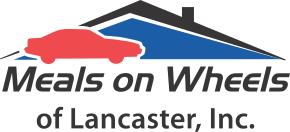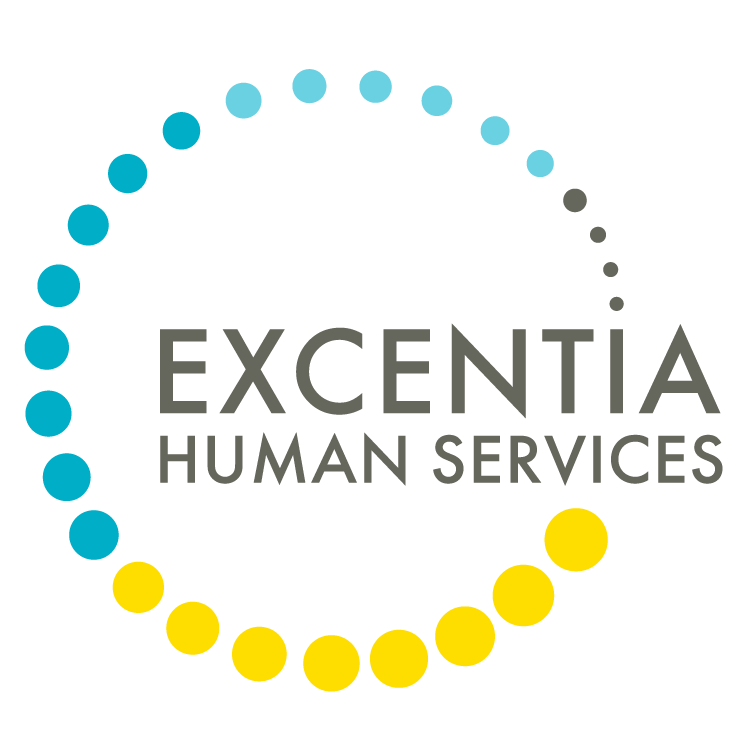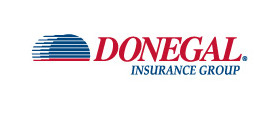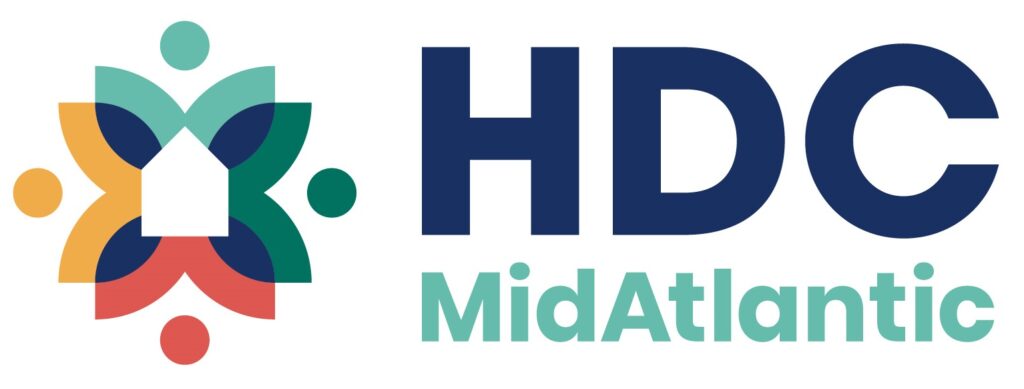(Editor’s note: This article is part of a series on the Housing Alliance of Pennsylvania’s 2024 Homes Within Reach conference.)
Providing street medicine services to homeless individuals can be life-changing for them, Brandi Stewart said.
“When you start treating people with love and kindness and dignity, you receive it back, and they do better,” she said. “You see better outcomes.”
Stewart is a registered nurse with the street medicine program at Family Service Association of Bucks County. Representatives of her organization and Tower Health’s street medicine program recently presented their outreach work, its impacts and the lessons learned at Homes Within Reach, the Housing Association of Pennsylvania’s annual conference in Hershey.
“Street medicine” refers to the provision of medical services outside a clinical setting such as a doctor’s office or hospital. It is a growing trend: Providers have come to realize that bringing care to homeless individuals “in the field” improves health and reduces cost, especially for emergency room visits. One health system, Lehigh Valley Health Network. estimated its street medicine program saved it $3.7 million in ER costs in fiscal 2017.
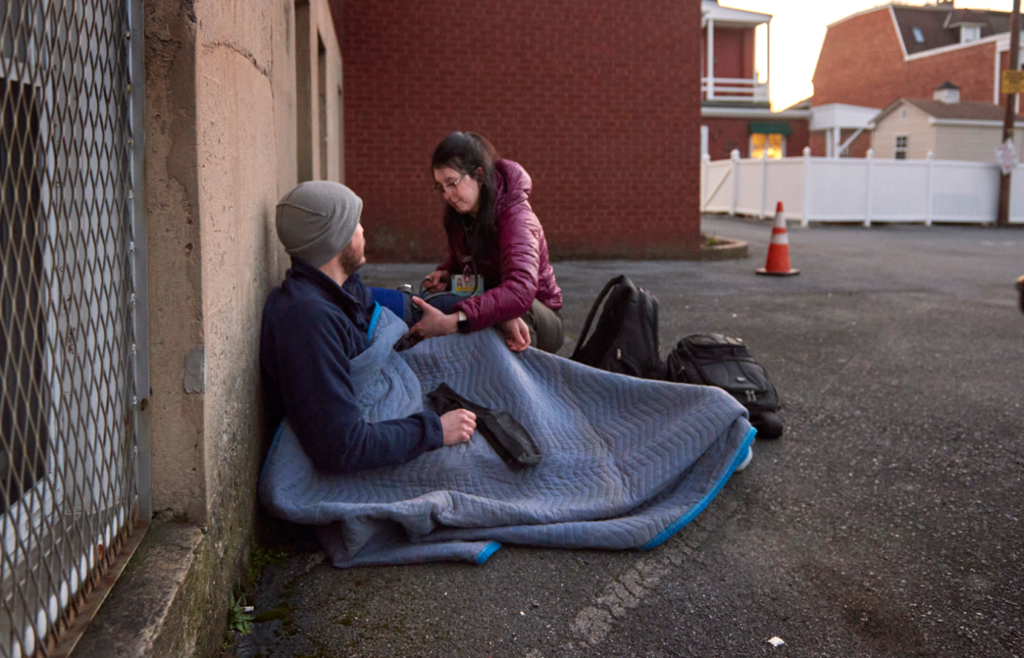
Street medicine in Lancaster County
In Lancaster County, Penn Medicine Lancaster General Health runs a street medicine program staffed by a fulltime nurse care manager and two half-time clinicians: a family physician and a nurse practitioner. This year, as of early December, they had served 439 individual patients in 1,125 total interactions, Dr. Jared Nissley said.
The team visits Anchor Lancaster and the Lancaster County Food Hub at least weekly and the Columbia Dream Center and ECHOS in Elizabethtown monthly. Team members visit the temporary shelter at Tenfold twice a month “and look forward to an active relationship with the Clay Street Shelter when it opens,” Nissley said.
The team treats plenty of acute injuries and illnesses, as well as chronic conditions such as diabetes, high blood pressure and mental illness.
LG Health writes off most of the cost, but the program receives some grant funding and some reimbursement through Medicare and Medicaid. It will be able to begin billing insurance providers in 2025.
“Ideally, we are a transitional practice that helps connect clients to traditional primary care practices,” Nissley said. “At times, it works very well to see a patient for just one or two visits before they can establish at a traditional practice. At other times, clients are not ready for a traditional practice and we see them on an indefinite basis.”

Berks and Bucks counties
Tower Health is a regional health system. It has four flagship hospitals and operates in Berks, Chester, Montgomery and Philadelphia counties.
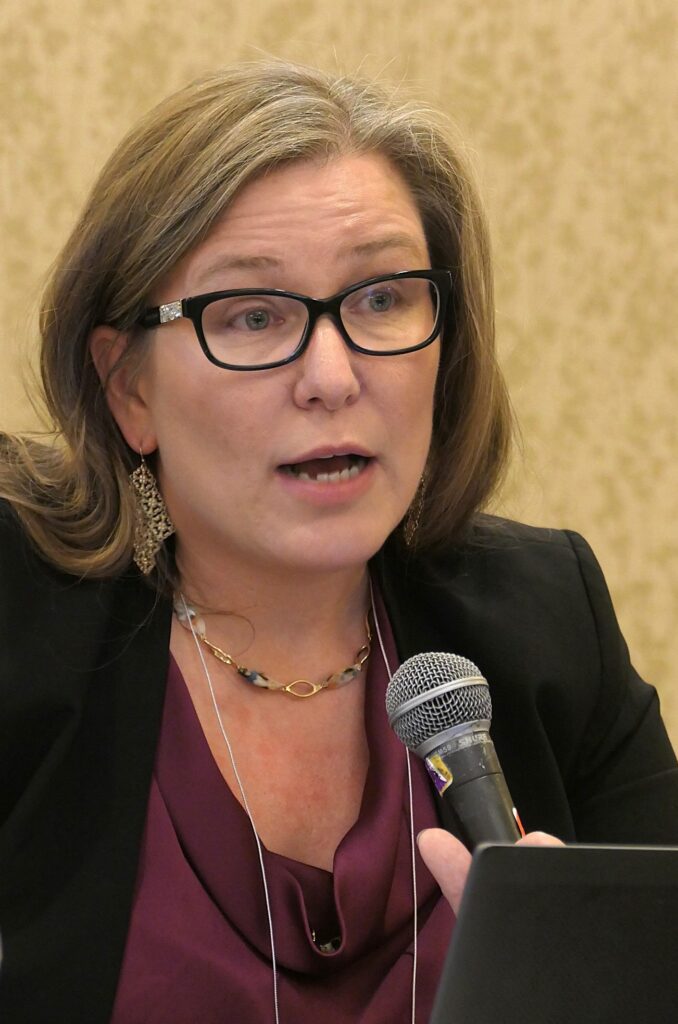
Tower Health’s street medicine program in Berks County is in its eighth year, its clinical director, Christine Nepple, said. It offers a robust array of services, including specialized clinics for podiatry, pulmonary, neurological and vision care.
Like LG Health’s street medicine team, Tower Health’s Berks County corps makes regular rounds to see patients at local shelters and day centers. In 2021, it established a telehealth kiosk at one of them, Hope Rescue Mission.
In fiscal 2024, the team documented 3,725 patient encounters with 851 unique individuals, up 75% over the previous year. It’s work in 2024 led to 413 “saves” — instances that without intervention would have resulted in an ER or hospital admission.
Family Service Association of Bucks County is a social services nonprofit not a health system. Its street medicine program is grant funded. It is in its third year and focuses on wellness checks, basic first aid, case management and referrals.
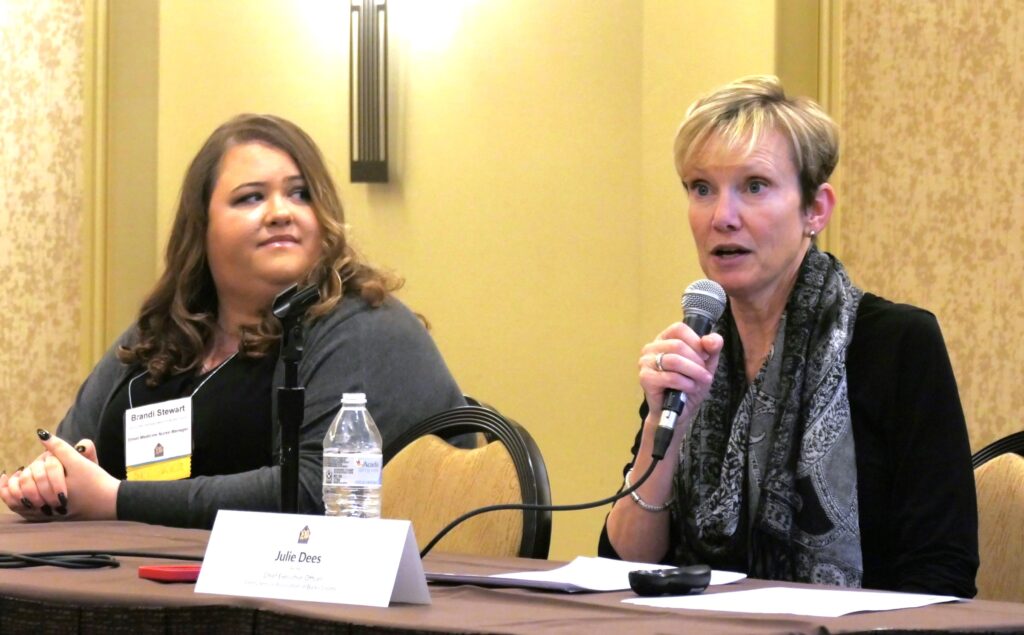
In its second year, fiscal 2023 (through March 2024), it had 648 encounters with 91 unique clients, up from 82 the year before.
Encouragingly, there was a marked shift from case management to medical services between the two years. That shows that clients are growing to trust the team, Stewart and Julie Dees, Family Service Association’s CEO, said.
The three biggest health care barriers for Family Service’s clients are transportation, concerns about cost and sheer distrust of the medical system.
Overcoming the latter takes time and patience, but it can be done, Stewart said.
Consistency is critical, Tower Health and Family Services both said. Tower makes a point of staffing its weekly clinics with the same medical providers every time, so clients see a familiar face and know it’s some one who knows them, too.
What are some other recommendations? Start “before you think you’re ready,” Dees and Stewart said. Rough out your procedures then refine them as you go.
Data is a big issue, Dees said: Quantifying things that aren’t easily quantifiable, collating information from multiple sources and systems.
“It’s a lot of work, but it’s necessary,” she said, “because we all know: What’s measured gets funded.”
Successes, challenges
While most clients respond positively to outreach efforts, not all do. Family Services tries to be as low-barrier as possible, Stewart said, and will maintain contact with clients as long as it is safe to do so, but it will discontinue providing items such as coats or sleeping bags if recipients repeatedly lose or misuse them.
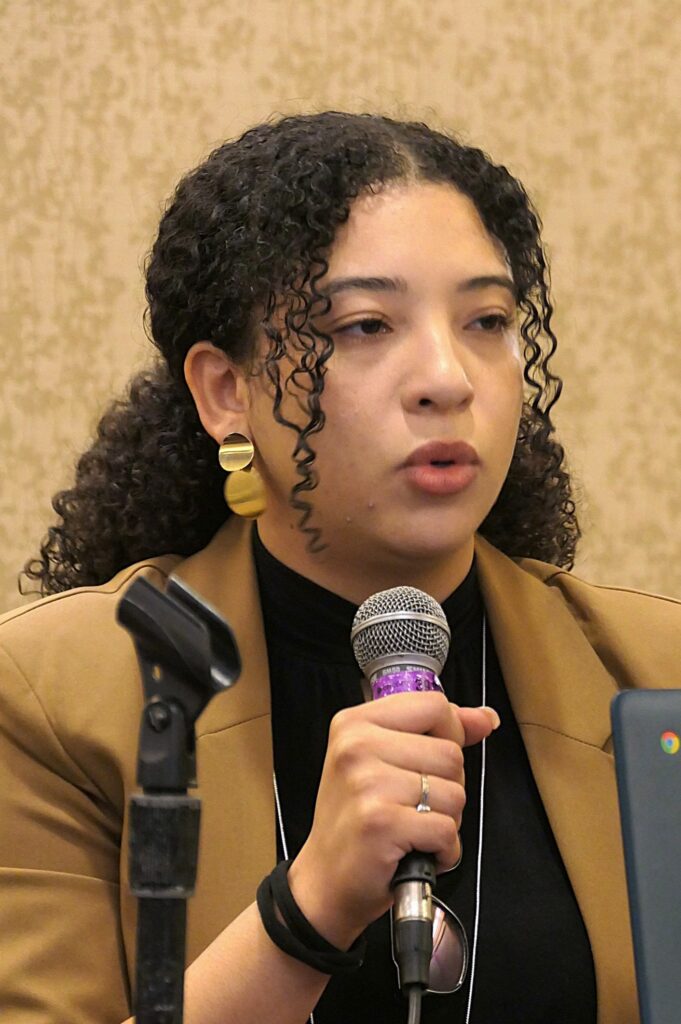
Interventions can lead to remarkable turnarounds. Yomari Salvador, a supervisor with Tower Health’s program, described “Susan,” a woman who had been homeless and addicted to drugs for three decades.
Susan’s addiction stemmed from self-medication for chronic pain due to a degenerative hip condition, which had progressed to the point that she could barely walk. She lived with an abusive partner who sharply limited the street medicine team’s contact with her.
Eventually, she broke free of him, which allowed the team to engage with her intensively. That sparked an incredible turnaround, Salvador said: Susan overcame her addiction, underwent successful hip surgery and is now flourishing: housed, employed, drug-free and reconnecting with her children and grandchildren.
“This one person changed her life completely,” Salvador said. “… We’re very, very proud of her.”


